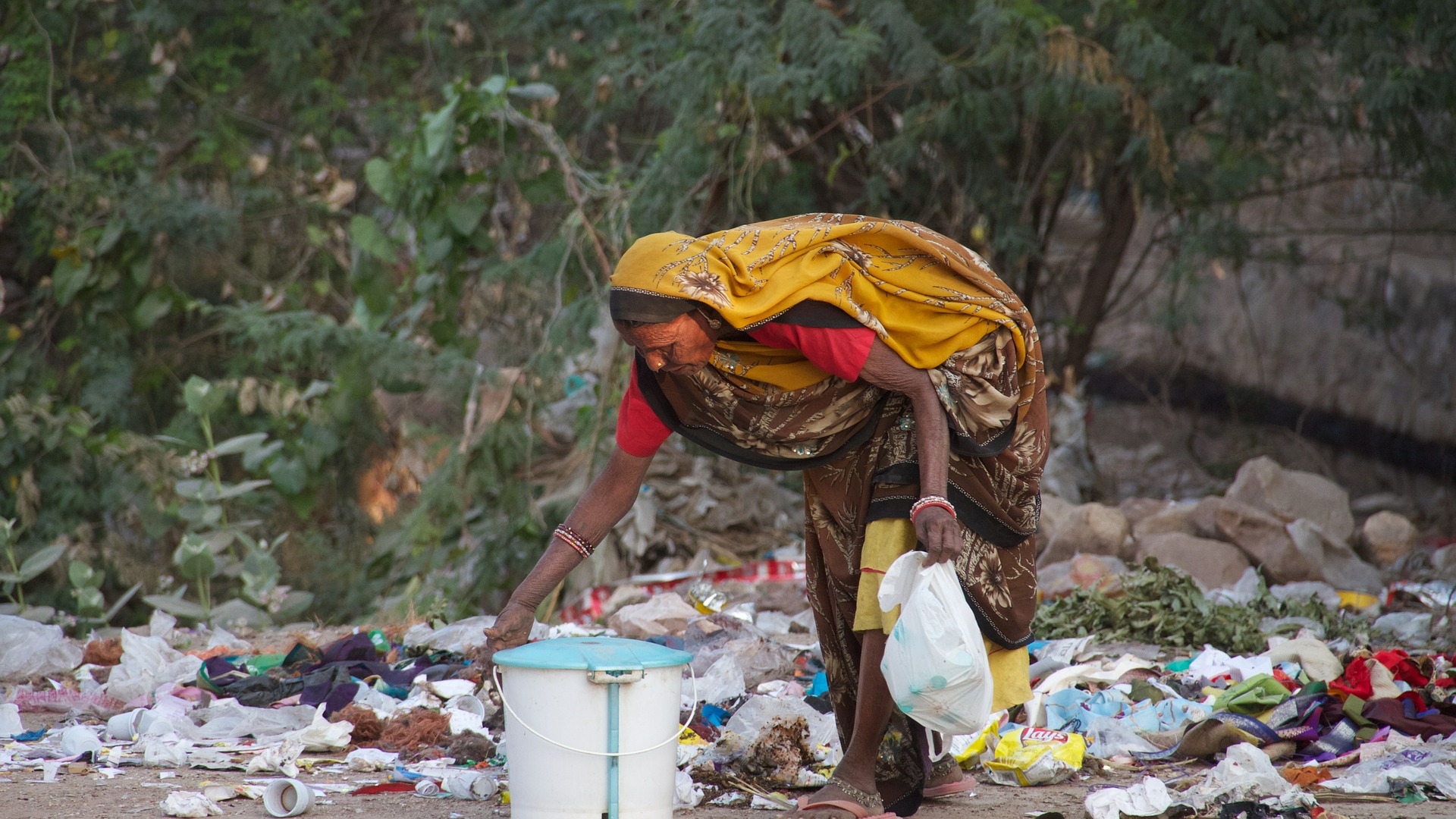The Swachch Bharat Paradox: Do It Yourself

General Idea
Posing beside a huge pile of garbage dump, a broom in hand, sometimes complete with a Nehru jacket, the latest trend has become celebrities or stars coming out onto the roads and initiating cleanliness drives. The ‘Swachch Bharat Abhiyaan” initiated by our Prime Minister, Narendra Modi, is one of the most ambitious projects launched by the government. The project which kickstarted on 2nd October 2014(Gandhi Jayanti), is indeed a very well-intended project, and has definitely set off the trend of ‘shram-daan’ (donation of physical labour by self) effectively in the masses. However, the main problem that holds back the whole plan is again, like in any other project, the inefficiencies in chalking out the whole procedure needed in completing the project. Not to mention that the “chalta-hai” (all’s well as it is/who cares) attitude of the people, doesn’t help either. The thing is that, on one side, we are taking pledges to devote 2 hours per week in cleaning our surroundings; government offices are shutting down so that they can clean up the whole area and many other elaborate procedures are being implemented; but on the other side, once all this age-old garbage is cleared away, the biggest problem still taunts every one: what to do with all the junk now?
Disposal Faiclities?
The garbage disposal facilities in the capital of India itself are absolutely disgusting. Approximately 85% of the city doesn’t have proper disposal system (via door to door collection system). There is no segregation of waste and all ultimately lands in a huge mixed pile of e-waste, chemical waste, medical waste, kitchen waste and other solid waste. Each kind of waste in itself is toxic enough and when put together, we are just planting the seeds of epidemics and other disasters. The more surprising thing is that, not only is the waste dumped in open areas, but the waste is dumped in open areas in midst of colonies or on main-roadsides. Some roads, not necessarily small areas, just overlooked large settlements; never even see the sight of an MCD (Municipal Corporation of Delhi) truck for months on end.
Improper Drainage
Then there is the whole improper drainage angle. This is perhaps the most commonly visible problem in the dingy crowded colonies of India, where as soon as the rains hit, the streets turn into swimming pools. Add the fact that global warming is on its peak and the weather cycle completely distorted now, the high temperature and the moist condition is an open invitation to diseases to flood through the cities. Soon enough, the hospitals start competing to report the highest number of cases of Cholera, diarrhoea, malaria, typhoid that season.
The Indifferent Mindset
An abandoned, under construction building stands in midst of two houses, that’s the new dumping ground for the colony now. There are also, people living on the top floors of tall buildings whose waste disposal technique involves a mere tipping of their daily ‘kachra’ on the neighbour’s tiled roof. I was moved to pathos, however when I saw that the neighbour, whose roof now resembled a garbage dump, was okay with it just after shouting one or two expletives at the top floor residents. Both were too lazy however to do anything about it.
Recently, a group of us friends carried out a social experiment in the Govindpuri area of South Delhi. The experiment was very simple: we were to see how many people actually make an effort. We found a dirty area on the pavement (which was no problem at all seeing as the streets were all strewn with a wide selection of waste materials).
The first observation was that no one cleaned an area already dirty, but added more and more to it reverting to the, if-there-is-garbage-already-what-harm-in-another-piece-of-plastic attitude.
The second observation was that, when we started picking up few prominent cups and plastics and dumping them in the dustbin placed 10 feet away, still no one came to our aid; instead some went as far as adding more to the pile thinking that we were there to clean, so we would do it all, and there was no need of cooperation by them.
The third observation was, that the next day, we cleaned up that area, painted few designs on the adjacent wall and placed a small brightly coloured dustbin there, we saw that not one person littered that area, and all waste if any went into the dustbin.
This simple experiment proved that all that is required is a little cooperation from our side and the willingness to bring change. We, Indians have to realize that this attitude of why-bother-when-it’s-not-bothering-me-now is decided suicide for the city. We have gone on and on criticizing the government so much that we have become the ‘complainers’ and just that. We are ready to complain about something, and make no effort to see that the problem gets solved. True, that the managing facilities of the government, are in a dire state; but when the middlemen see the disinterest of the people in actually acting to bring about a change, they too relapse into the ‘why-bother’ mode. We must let go off our complaining attitude and actually immerse ourselves into action. Even if we are not able to actually take out time and clean up areas, we can at least not add to the problems of those trying to. We need to be the change we want seen in the world.
Solution?
Indeed there are facilities of waste management by the Municipal Corporation (Delhi), like the Okhla Waste to Energy Plant: 1950 Ton per day MSW. Electricity generation capacity is 16 MW, Narela Waste to Energy Plant: which has a capacity to generate an output of 450 Tons RDF 24 MW Power; also there is theMCD Compost Plant at Bhalaswa Sanitary Landfill Site: Composting is being done for 500 MT/day. Another compost plant at Okhla receives about 200 tons of solid waste per day. However, Okhla is more famous as the region, with huge mountainous black piles visible from great distances, with a black cloud of smoke hanging about it.
Hardly any of us know that the use and even manufacture or distribution of plastic has been banned since 2012 in shopping centres and complexes. Those few of us who do know, do not make much effort in reprimanding any shopkeeper when he sells his stuff in plastic bags, or do not even, at least refrain from using plastic bags themselves. This nothing but absolute laziness.
There are other facilities, too as managing e-waste and solid waste, or to use waste to produced biodiesel. However, all these, are well approved on paper, but hardly in use. Even if they are in use, that is just as a formality to show that some bodies do make use of recycled energy, but these bodies are in fact not wholly sustained by this recycled energy itself, but have the usual energy supply, besides the waste-recycled-source.
Very few of us indeed know about these facilities. So, even if these waste-to-energy plants exists, the garbage never actually reaches there; it just sits rotting in the nearest abandoned spot, with few ragpickers picking out the reusable garbage selectively and leaving the rest to fume into a hazardous cloud of poison to envelope the city.
What is required right now is awareness amongst the people and a will to change. If we think that the government is lacking in disposal facilities, it is also we who have to demand cleanliness. We can’t merely remain indifferent and wait for a disaster to bring the Municipal Corporation guys bringing in troops for a lost cause at the eleventh hour.
It’s time for change people; it’s your city; your call.


